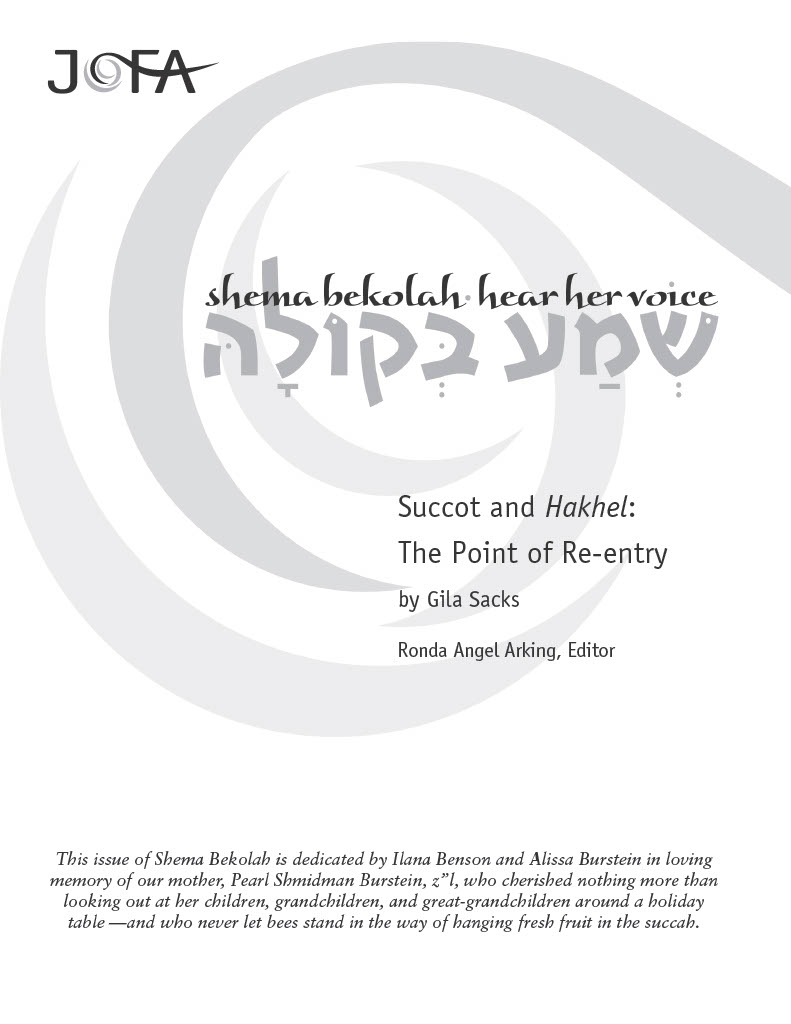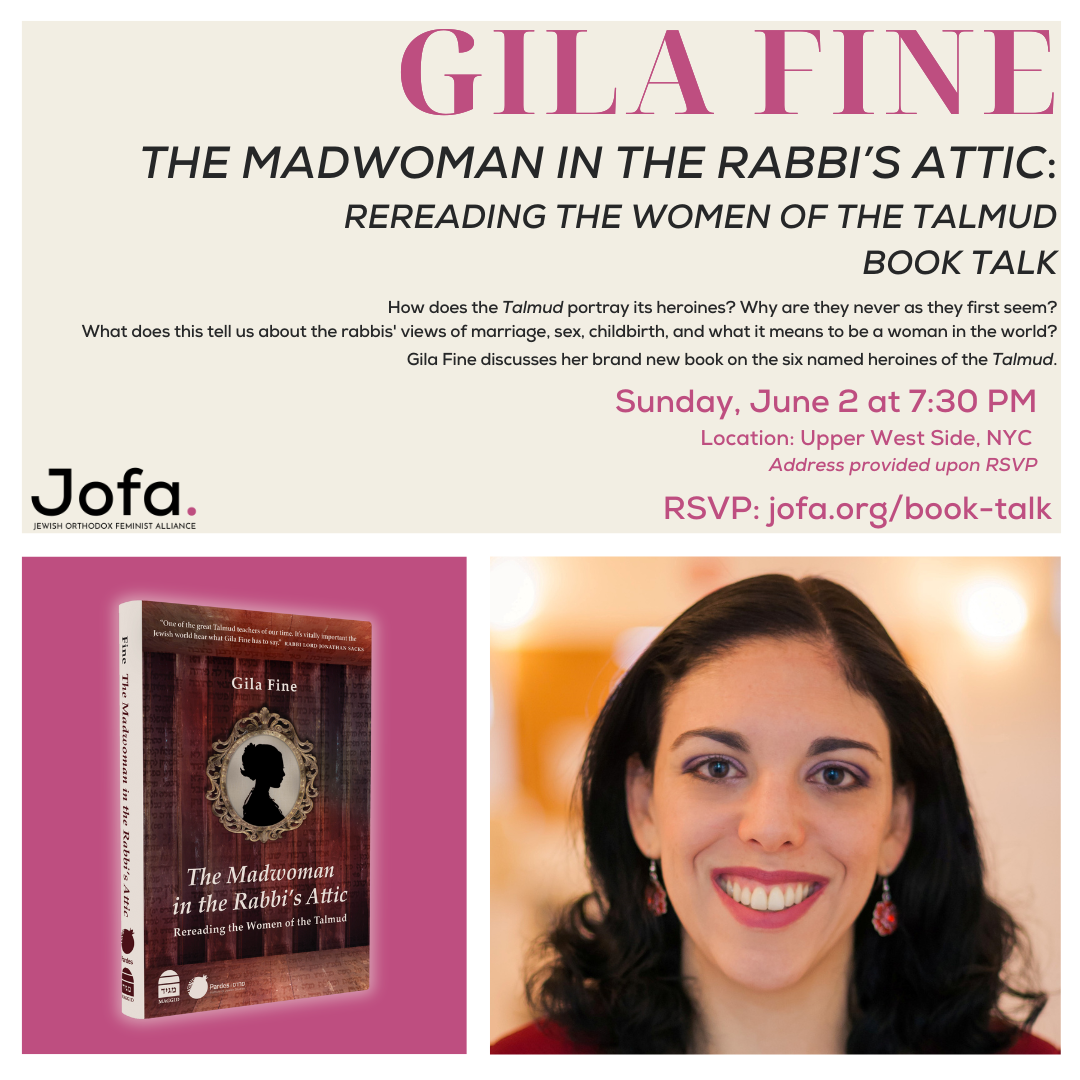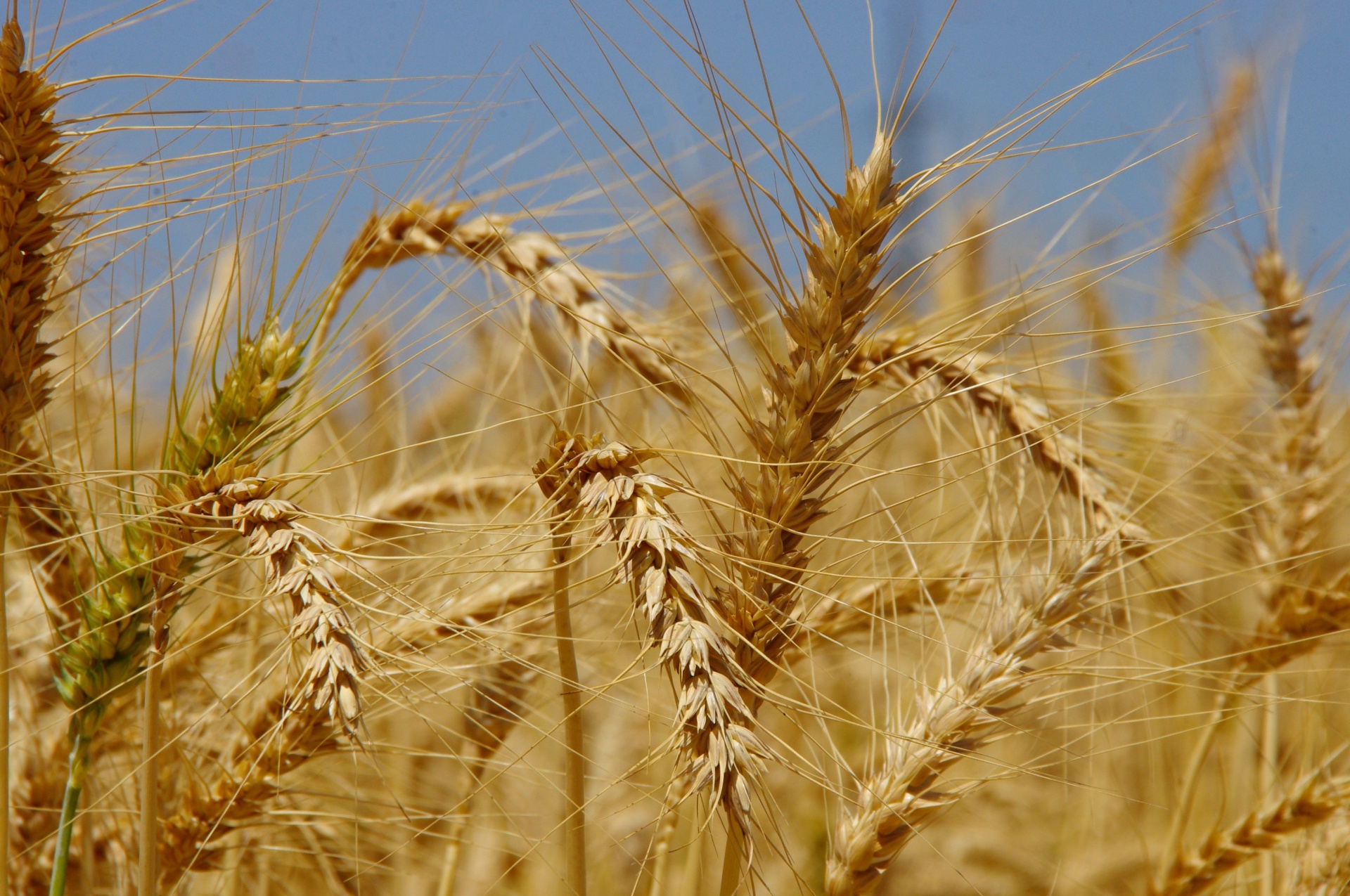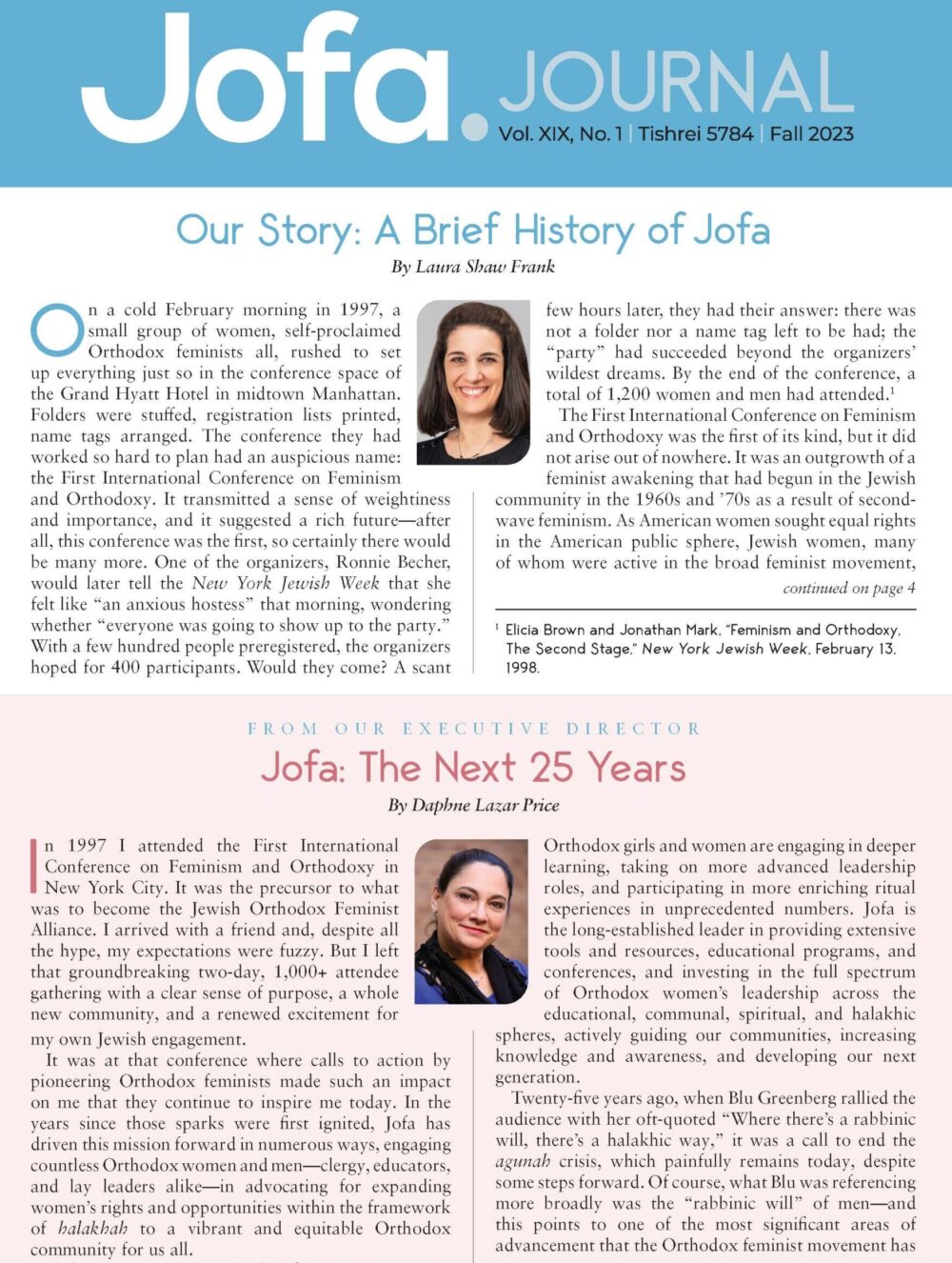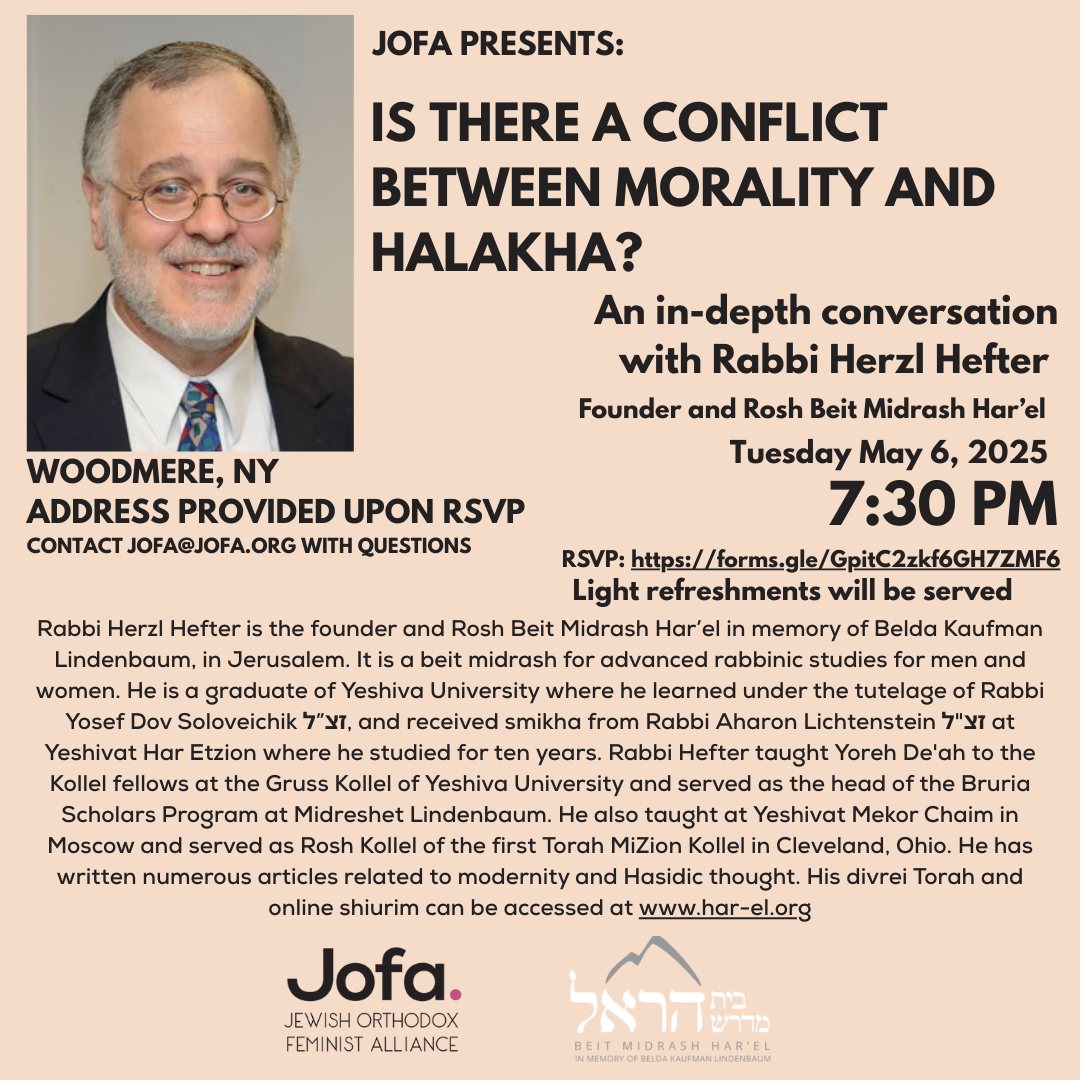by Gila Sacks [1]
It was an extraordinary moment, and it would have been happening this Succot:
At the end of every seven years, after the sabbatical year, on the festival of Succot…read this Torah before all of Israel to their ears. Assemble the entire nation: men, women, and children, and the strangers who dwell within your gates, in order that they hear, and in order that they learn to fear the Lord their God and keep the words of this Torah. And their children, who do not know, will listen and will learn to fear the Lord your God, all the days that you live upon the land which you are crossing the Jordan to inherit. (Deut. 31:10–13)
This communal reading from the Torah, hakhel, is the penultimate mitzvah in the Torah, given just as Moshe’s life and final speech to the people draws to its close. Every seven years at the end of the first day of Succot, the entire nation would assemble outside the Temple and listen to the king read from the Torah (Talmud Sotah 41a). It would have been an incredible scene, at which the nation would gather together to retell the national story and renew the covenant established at Sinai.
It is not difficult to understand the power of hakhel. But if, as seems self-evident, this was to be such a profound and important event, what is less apparent is why it was to take place on Succot, and why at the end of the shemittah, sabbatical, year.
I want to consider how the timing of hakhel might help us to understand something about the meaning of Succot. What is the purpose of Succot? Why do we celebrate it in the ways and at the time that we do; and why does it occupy such a critical point in the Jewish calendar at the culmination and climax of both the shalosh regalim, pilgrimage festival, cycle and the festivals of the month of Tishrei?
The Torah primarily positions Succot as an agricultural festival. It is to be a “festival of gathering in,” to be held at the time when the threshing floor and winepress are full, a time to celebrate a “hag l’Hashem, holiday for God” and rejoice in the fruits of our labours (Ex. 23; Lev. 23; Num. 29; Deut. 16). Only once does the Torah give the more famous rationale for Succot — that we should dwell in booths for seven days “that your generations may know that I made the children of Israel to dwell in booths, when I brought them out of the land of Egypt” (Lev. 23:43). But these explanations are sparse and leave many questions as to the festival’s meaning and its ongoing purpose. We have no story of the festival to read as we do on other festivals, and we are given no explanation for the festival’s date. Indeed even the commonly held rationale for the festival is itself famously disputed by the rabbis. [2]
In the juxtaposition of the Torah’s two reasons for the festival, and of the two key mitzvot that reflect these, we can find a simple but beautiful clue to the meaning of Succot. In celebrating the fruits of one’s labour, the ingathering of the harvest, Succot celebrates our creative potential and power. We express this idea when we bring together the arba minim, four species — our ability to “turn the desert… into a country full of fruit trees” (Rambam, Moreh Nevukhim 3:43). But in commemorating our journey through the desert, our exposure to the elements, and the protection we sought from the shade of a booth or from the clouds of glory, Succot is a statement of our vulnerability. We experience this vulnerability when, storehouses full, we leave our homes and the comfort they provide, walk away from the fruits of our labors, and live in temporary dwellings, roofs open to the skies. We are simultaneously powerful and vulnerable.
This duality characterizes our relationship with the world around us. We are imbued with exceptional creative capability, and hold in our hands the power to transform the earth, to mold it to our needs. God has made us, says the psalmist, just “a little lower than the angels” (Ps. 8:6). But we can only realize our potential for action when we also recognize its limitations. We can master the earth, but not without limitation or boundary — which is why we need the laws of Shabbat and shemittah, yovel, jubilee year, and peah, gleaning. We can sow and reap, and bring our offerings and our arba minim, but only when we remember that without God’s shelter, without the succah, and without the rain for which we pray, our efforts would have been in vain. Our vulnerability, our dependence on God, does not make us weak — it is precisely what enables us to be strong, to have the courage to act in the world. Power without boundary corrupts; and if belief in ourselves becomes a failure to recognize what is beyond ourselves, then we can achieve little.
It is this idea that unites the varied mitzvot of Succot, those practiced today and those no longer practiced: succah, arba minim, aravah, willow, and nissukh hamayim, pouring of the water (Mishnah Succah), which are all in their different ways expressions of our dual relationship with the natural world. And so, perhaps this is why Succot falls where it does in the Jewish year. As the culmination of shalosh regalim, it completes both an agricultural and historical cycle. Through an agricultural lens, it is a celebration of our abilities and success. Through a historical lens, it is by contrast an expression of our willingness to embrace our vulnerability. Because if Pesah marks the exodus, and Shavuot the revelation, Succot marks the journey; the willingness of the Israelites to follow God across a desert fraught with danger, toward an unknown land — a journey that built the foundations of Israel’s relationship with God. [3]
Thus, while many of us experience Succot as something of an anti-climax after the spiritual intensity of Rosh Hashanah and Yom Kippur, it serves, from this perspective, as a fitting completion to Tishrei. As a celebration of our relationship with the physical world, Succot gives physical and collective expression to the personal closeness with God that we seek on Rosh Hashanah and Yom Kippur, and helps us to transition back into the world. It is easy, perhaps, to find God in the quiet moments of the soul; harder to take God out into the field, the everyday. And so rather than being left on our own after Yom Kippur with the remnants of our prayers and our resolutions, Succot shows us the way back into our world.
So why is hakhel to fall at the completion of the shemittah year? Because that is the moment when the people prepare to leave their study houses and go back into the field. Just as Succot serves to transition us from the spiritual highs of Yom Kippur back into the world of work by teaching us to find meaning in our physical labours, so, too, hakhel marks the point of re-entry — a collective renewal of our commitment to God and Torah is most necessary, most valued, at the time when we are heading back to work. Lest the people fear that returning to work after the shemittah year is to leave behind the meaningful life of Torah study, they come together to hear Torah’s call — that we can and will elevate the physical world and our labor in it by transforming the earth under the shelter of God.
This Succot, as the shemittah year concludes, we could have been privileged to participate with the entire Jewish nation in the mitzvah of hakhel. But perhaps Succot itself can be our substitute. Rather than an anti-climax following a spiritual high, may we make this Succot a fitting climax of the shalosh regalim, the yamim noraim, the Days of Awe, and the shemittah year — by hearing the message of its mitzvot. Yes, we remain fragile, vulnerable, exposed to unknowable risks and changeable skies, but with God’s blessing and the humility that must accompany it, we can transform the desert, fill our storehouses, and celebrate the work of our hands.
[1] Gila Sacks is a senior civil servant in the UK government, specializing in social policy. She has learned, taught, and volunteered across the UK Jewish community.
[2] Was God referring to literal booths or to the clouds of glory, which sheltered the people as they journeyed (Talmud Succah 11b)?
[3] It is interesting to note here the famous dispute in which Ibn Ezra argued that hakhel took place at the start of the shemittah year instead; through this lens, hakhel’s purpose was quite the opposite — to initiate and inspire a year of Torah learning for those freed from working the land.

